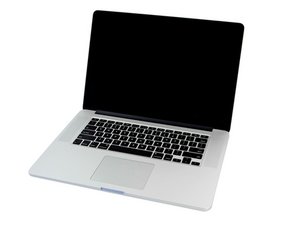15" 2014 MacBook Pro 2.5gHz just died. Logic board?
I bought an excellent condition 2014 15" MacBook Pro 16/512 for only $189 five months ago and while using it yesterday converting some music files — fans blazing of course — it died on me. Black screen, fans stopped, completely shut off. It was plugged in via MagSafe and the light was still on, and continues to light as we speak. I tried an SMC reset and I disconnected and reconnected the battery but still dead. I'm sure there are multiple Mac gods here that might be able to tell me if that means this needs a new logic board? If it's something crazier I'll probably just sell it for parts.
Thanks in advance!
crwdns2934109:0crwdne2934109:0

 2
2 
 14
14  3
3